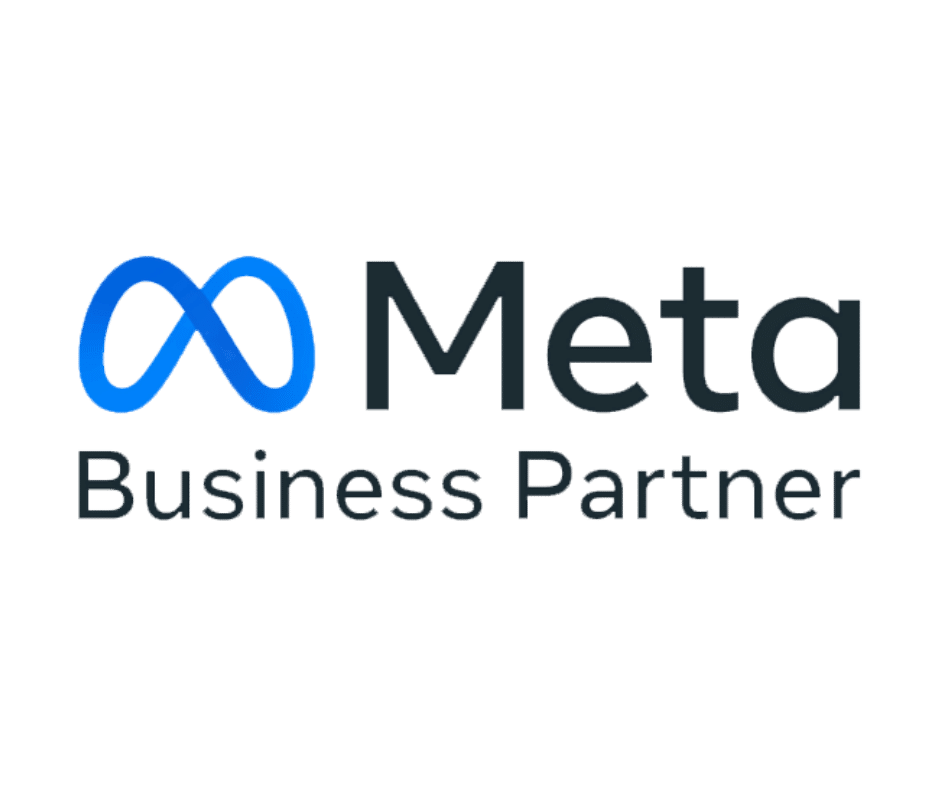What Percentage of Your Revenue Should Go Into Marketing?
There are two types of people who ask this question.
The first are senior marketers making a pitch for why their marketing budget needs to be increased. They know decision-makers are typically numbers driven and want to present them with a compelling argument.
Then there are the decision-makers themselves. Often, they look at marketing as a somewhat intangible expense they’d love to reduce to improve the bottom line. Being able to prove they’re spending too much seems like a great place to start.
First off, I’m going to give you the numbers you seek. But read on, it’s critically important to understand that there are some factors you need to take into account when deciding the percentage that’s right for your business.
Why a percentage rather than a dollar figure?
Marketing is the engine that generates future leads or sales for your business. Even more importantly, marketing is the activity that creates future revenue.
Typically, the larger you are in terms of total revenue, the more leads or sales you’ll need to generate a profit. As you grow, you’ll need more leads or sales than you did previously. By setting your marketing budget as a percentage of your overall revenue, you can ensure that all other things being equal, you’re always spending the correct amount needed to hit your targets.
And the average percentage is…
In May 2025, Deloitte’s CMO Survey reported that marketing budgets were approximately 9.4% of total company revenue.
Similarly, Gartner’s 2025 CMO Spend Survey found that marketing budgets averaged 7.7% of total company revenue, roughly flat from 2024 and down from 9.4% in 2022. Between 2016 and 2020, marketing budgets averaged 11% of total revenue. In the years following, they declined to a modest 8.2%, and have since stabilized in the 7-9% range.
The Deloitte CMO Survey 2025 also found that:
B2B product companies had a relatively low marketing spend as a percentage of their overall revenue at 6.4%.
B2C product companies had the highest at 15.5%.
B2B service companies were investing around 9.0% of their revenue into marketing.
B2C service companies were investing approximately 12.3% of their revenue into marketing.
- Not all industries showed the same spending patterns. For example, consumer packaged goods companies continued to significantly outspend other industries, with marketing representing roughly 18% of total budgets.
There are some takeaways here.
In recent history, businesses spend on average 10-13% of their revenue on marketing. This is consistent with guidelines from economists and other advisors.
However, averages can be very misleading if you don’t understand the underlying data. Are most companies spending 10%? Or is there a mix of 5% and 15% spends and everything else in between?
I urge you not to simply plug in the numbers above and decide whether you’re doing a good, or a bad job for the future sales of your business.
When is a standard range not a good guide for me?
There are a number of scenarios when the average percentage of revenue spent on marketing is of little relevance to your business.
- A high-growth company will operate outside of typical industry averages for marketing spend. By definition fast-growth companies generate more leads and sales and turn these into more revenue than the competition. This is typically achieved through investing heavily (and effectively) in marketing.
- A company in a highly competitive industry is also likely to spend significantly above the sorts of averages above. If you’re fighting for business with a number of companies who invest well in marketing, expect to have to beat them at their own game if you want to succeed.
- A start-up is likely to require a much higher percentage of revenue for marketing. When you have an unproven offering and little or no revenue, the absolute priority tends to be attracting as much interest and revenue as possible.
- A company in a state of significant change is also likely to spend higher than the industry average would suggest. For example, when your business is launching a new product or service or entering a new location or market you’ll likely need to invest more of your revenue into marketing.
How to easily increase or decrease your marketing budget
The vast majority of our clients have excellent people employed full-time to work on their marketing and we’re firm believers that an effective in-house marketing team is a crucial part of getting the best return from your marketing investment.
For the most part, agencies like Rocket are used to fill gaps in strategy or specific areas (such as SEO services in Australia, PPC or Paid Social ads) for in-house marketing teams.
However, an agency can also be an excellent way to allow a business to quickly scale up (or down) their marketing investment as revenue changes.
Why the size of your marketing spend matters
There are plenty of decision-makers who think of marketing as no different to rent, cleaning or electricity. They understand it’s necessary and even useful, but to them, the less you can spend on it without noticing anything going wrong, the better.
For most businesses though, marketing plays a crucial role in shaping what the future will look like. Today’s marketing is tomorrow’s revenue. Investing in marketing to truly drive business outcomes is what all great companies understand and work tirelessly to execute on.
Great marketing is why Apple can charge exorbitant amounts of money for products that are not all that different to their competitors.
It’s why Amazon has been able to grow year after year and dominate global markets across numerous categories.
It’s why companies like GoPro and RedBull have become synonymous with certain sports and have experienced incredible growth as a result.
None of these companies settled for the industry average when it came to setting their marketing budget. They all set out with a plan to create above average demand for their product and to harness this demand to achieve incredible outcomes.
The question for you is, what does your business look like if your marketing engine is able to create more leads or sales than you need to hit this year’s targets? Do you grow at a faster than expected rate? Increase prices? Get more focussed on working with your perfect customers? Plough excess profits into investing in the future?
Conversely, what happens if you under-invest in marketing relative to your competitors or your specific situation? What would having fewer leads or sales than you need to achieve your goals mean to your business this year?
If you’re interested in speaking to a team who can help scale your marketing investment as needed to reach your business goals then get in touch. We always love to have a chat and can be reached on 1300 059 620 or by contacting us here.
About the Author

David Lawrence is the MD and Co-Founder of Rocket, an award-winning Australian digital marketing agency. He is also the co-author of the Amazon #1 best-selling marketing book 'Smarter Marketer'. David has presented at several events including Inbound, Search Marketing Summit, Mumbrella360, CEO Institute and a variety of seminars and in-house sessions.
David has built his expertise from a diverse career, starting with an economics degree before jumping into all things web in the late 90s.
Today, David is Rocket's Managing Director and is known for his ability to find clarity in the bigger picture. He is highly respected as a digital marketing authority, sharing his expertise with an extensive network here in Australia and around the world.
Stay Ahead in Digital Marketing
Digital Marketing Blog
Join 20K+ Marketers Who Get the Inside Scoop
Other Articles you might be interested in…









































